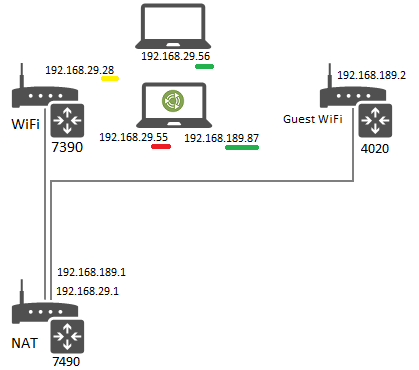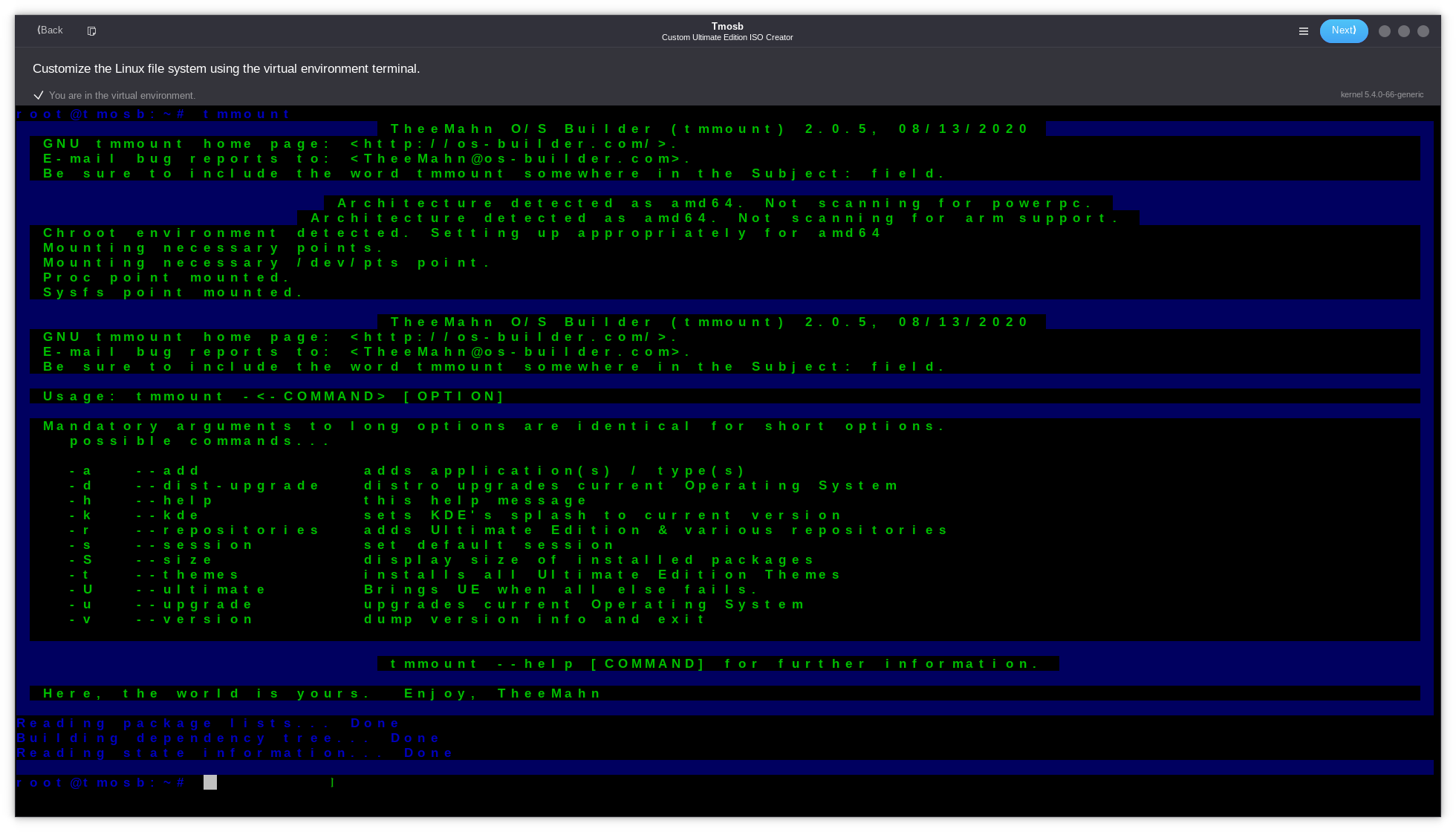

- #NDISGTK DOWNLOAD UBUNTU 16.04 HOW TO#
- #NDISGTK DOWNLOAD UBUNTU 16.04 INSTALL#
- #NDISGTK DOWNLOAD UBUNTU 16.04 WINDOWS 10#
The easiest way to see what happens when you boot your Raspberry Pi 3 is to connect it to an HDMI monitor – I am lucky enough to have one of these monitor types. Now I insert the SD card into my Raspberry Pi 3, and connect the USB power supply. Insert the SD card to the Raspberry Pi 3 and boot

It took my machine about 7 minutes to flash the image to my SD card. I browsed to the image file after opening “Win32 Disk Imager”, selected the drive letter associated with my SD card, and then I clicked on the “Write” button. Īnother cool application for doing this is Etcher.io. There’s more information about this tool here. I did this using a tool called “Win32DiskImager” which I downloaded from. Now that I have an un-zipped Ubuntu 16.04 image and a clean SD card, I need to flash this image to the card. Finally I make this partition active (using active).Then I create a primary partition on the cleaned disk (using create partition primary).This sometimes fails with a permission error – I find that just calling clean again solves the problem.Then I select the disk which is my SD card (using select disk 1, though your number might be different).Then I list the disks (using list disk).The image below shows a summary of how I formatted my disk:
#NDISGTK DOWNLOAD UBUNTU 16.04 HOW TO#
I’ve previously blogged about how to do this at the link below: If you’ve a brand new card you might not need to format it, but if you’ve used your card for a previous installation, I think the easiest way to format a card is to use the diskpart tool which is shipped with Windows. Once you’ve downloaded this zipped file, you’ll need to extract it (using a tool such as 7-zip). You can download the zipped up image file from here – this is listed as “Ubuntu Classic Server 16.04 for the Raspberry Pi 3” on this page (shown below, highlighted in red).
#NDISGTK DOWNLOAD UBUNTU 16.04 INSTALL#
Install Ubuntu 16.04 LTS Download Ubuntu for the Raspberry Pi 3 ARM Processor NET Core 2 C# apps to Linux distros for the Raspberry Pi – check it out here. Since writing this, I’ve written another post about deploying.

I’m not very familiar with Linux so some of these steps might be really obvious to more skilled Linux users. There are a few posts about different parts of this already, but I wasn’t able to find a single post which described all the steps.
#NDISGTK DOWNLOAD UBUNTU 16.04 WINDOWS 10#
NET Core application deployed to Ubuntu 16.04 from a Windows 10 machine – the post below describes: NET Core “hello world” application on a Pi 3 with Windows IoT core. NET Core (which is portable across Windows and Linux) with an Ubuntu installation on a Raspberry Pi 3. I usually work with Windows 10 IoT Core on my Raspberry Pi 3, but recently I’ve started to think about how I could use.


 0 kommentar(er)
0 kommentar(er)
